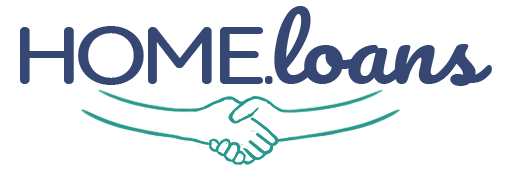FHA 203(b) Loans vs. FHA 203(k) Loans
What happens if you find a home in the perfect location for a low price, but realize that it will require more than $10,000 in renovations to make it livable? In this case, the 203(b) loan with repair escrows will not work. However, there is another option – the 203(k) loan, also called a rehabilitation loan.
FHA 203k Loans Provide Funding for Significant Repairs
In many respects, the 203(k) loan is very similar to the 203(b) loan. However, it does differ in quite a few ways. The most obvious of those is that it is designed for both the purchase of a property and any needed repairs – think replacing the entire roof, or repairing the foundation. Second, it can also include funding to pay for somewhere to live while the repairs are being completed.
There are a few important eligibility rules to understand here. One of those is that all of your repairs must be completed within six months. The second is that while owner-occupants and nonprofit organizations can use the 203(k) loan, it is not available to real estate investors. In most other respects, the eligibility requirements are the same as with a 203(b) loan, including credit rating limits.
There is one final consideration here. When it comes to the interest rate on your loan, you’ll find that you pay on average 1% more for a 203(k) loan than for a 203(b) loan in annual interest payments.
Homes Without Significant Repair Needs May Be Better Off Using Other FHA Loan Programs
In the end, the 203(k) loan may or may not fit your needs. If your home only needs minor repairs, then a 203(b) loan with repair escrows is likely the better idea. If you are thinking about repairs that make your future home more energy-efficient or environmentally-friendly, a PACE loan might be worth considering. If you don’t need as much money as is made available through the standard 203(k) loan, you might instead choose the Limited FHA 203(k) loan, which was previously called the Streamline 203(k).

